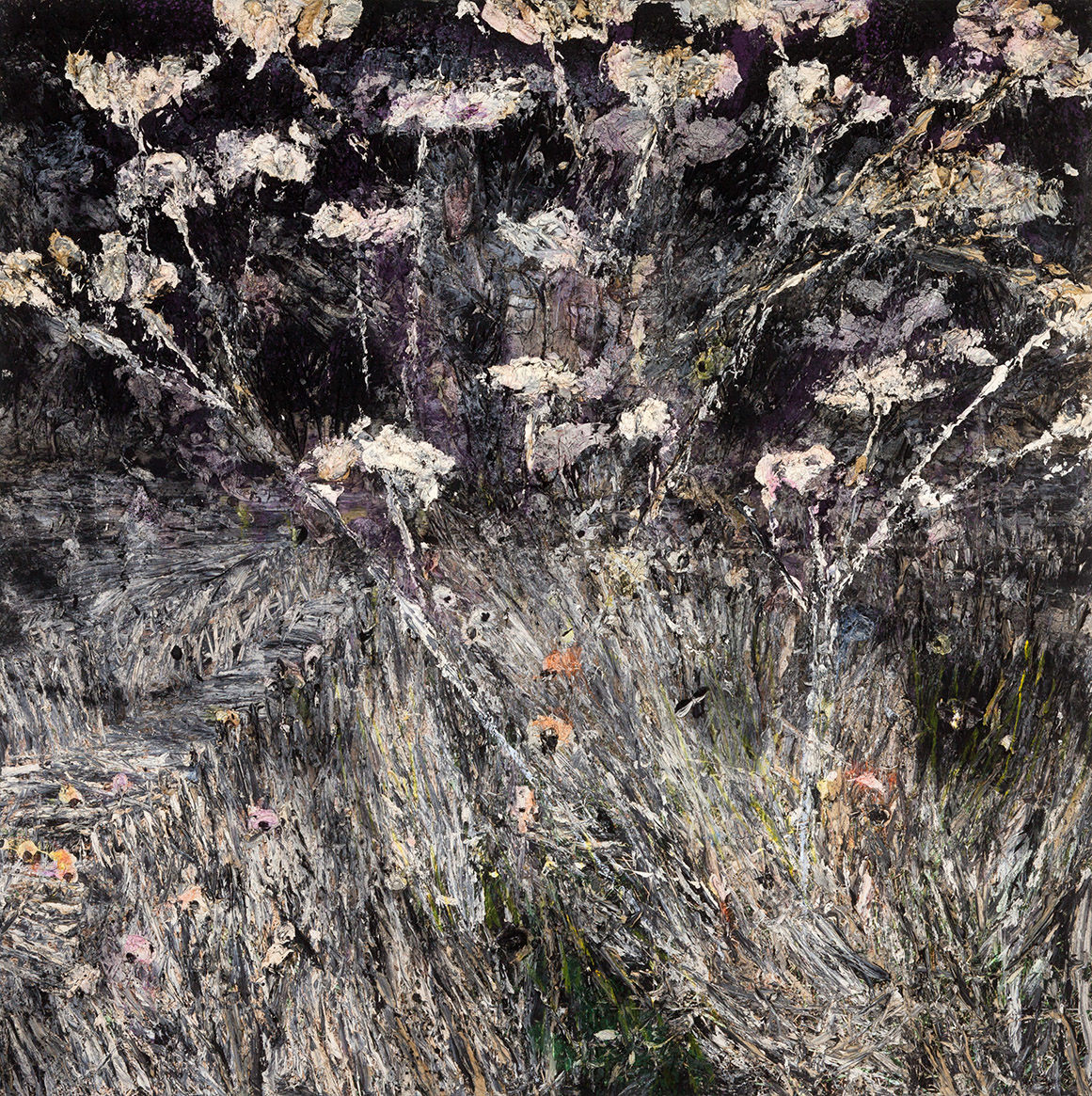- Open Today: 10.00–18.00
- Ticket
- Shop
- Membership
- TR EN

Anselm Kiefer, 1945
Morgenthau Plan, 2012
Anselm Kiefer was born in 1945, during the last days of the Third Reich, in Donaueschingen, in southern Germany, and grew up in a divided postwar nation. He studied law, literature, and linguistics before turning his attention to art, which he studied at the academies in Karlsruhe and Düsseldorf. The artist lived in Buchen, Germany, until 1993, then moved his home and studio to Paris.
An artist whose first toys were bricks from the ruined buildings, Kiefer still begins his work by exploring what is closest to him. His points of departure are always based on his own narrative and the grand narratives of Germany’s past, which he believes are intertwined. Often including symbols from national culture and history, the artist also touches on a wide range of themes, from mythology, chemistry, and poetry to religion, nature, and mathematics. He uses found objects not only in his installations but also in his paintings, which likewise incorporate a variety of materials such as straw, earth, glass, tree branches and roots, ash, clothes, and books. Kiefer’s paintings have multiple layers, and push the boundaries of the third dimension. According to the artist, his many material additions reflect the weighty meaning of his subjects.
“Morgenthau Plan” is from a series of the same title and takes its name from the Morgenthau Plan proposed by the United States in 1944, aimed to convert postwar Germany into an agricultural country rather than an industrial one. The sunflowers, a frequent motif for Kiefer, refer to the ideal of an agricultural and pastoral Germany predating postwar industrial development.
Painting
Acrylic, emulsion, oil, and shellac on photograph mounted on canvas
Oya – Bülent Eczacıbaşı Collection
Istanbul Museum of Modern Art / Long term loan